Halid Hrasnica, Abdelfatteh Haidine, Ralf Lehnert0470857412, 9780470857410, 9780470857427
Table of contents :
Team DDU……Page 1
Contents……Page 10
Preface……Page 14
1 Introduction……Page 18
2.1.1 Importance of the Telecommunications Access Area……Page 24
2.1.2 Building of New Access Networks……Page 25
2.1.3 Usage of the Existing Infrastructure in the Access Area……Page 28
2.2.2 Power Supply Networks……Page 31
2.2.3 Standards……Page 32
2.2.4 Narrowband PLC……Page 33
2.3.1 Structure of PLC Access Networks……Page 36
2.3.2 In-home PLC Networks……Page 38
2.3.3 PLC Network Elements……Page 39
2.3.4 Connection to the Core Network……Page 44
2.3.5 Medium-voltage PLC……Page 48
2.4 Specific PLC Performance Problems……Page 49
2.4.2 Electromagnetic Compatibility……Page 50
2.4.3 Impact of Disturbances and Data Rate Limitation……Page 51
2.4.5 Performance Improvement by Efficient MAC Layer……Page 53
2.5 Summary……Page 54
3.1.1 Topology of the Low-voltage Supply Networks……Page 56
3.1.2 Organization of PLC Access Networks……Page 58
3.1.3 Structure of In-home PLC Networks……Page 64
3.1.4 Complex PLC Access Networks……Page 65
3.1.5 Logical Network Models……Page 67
3.2.1 Channel Characterization……Page 69
3.2.2 Characteristics of PLC Transmission Cable……Page 70
3.2.3 Modeling of the PLC Channel……Page 71
3.3 Electromagnetic Compatibility of PLC Systems……Page 72
3.3.1 Different Aspects of the EMC……Page 73
3.3.2 PLC EM Disturbances Modeling……Page 78
3.3.3 EMC Standards for PLC Systems……Page 82
3.4.1 Noise Description……Page 87
3.4.2 Generalized Background Noise……Page 88
3.4.3 Impulsive Noise……Page 90
3.4.4 Disturbance Modeling……Page 91
3.5 Summary……Page 93
4.1 Architecture of the PLC Systems……Page 96
4.2.1 Orthogonal Frequency Division Multiplexing……Page 99
4.2.2 Spread-Spectrum Modulation……Page 106
4.2.3 Choice of Modulation Scheme for PLC Systems……Page 112
4.3.1 Overview……Page 114
4.3.2 Forward Error Correction……Page 115
4.3.3 Interleaving……Page 125
4.3.4 ARQ Mechanisms……Page 128
4.4.1 PLC Bearer Service……Page 131
4.4.2 Telecommunications Services in PLC Access Networks……Page 132
4.4.3 Service Classification……Page 138
4.5 Summary……Page 140
5.1.1 MAC Layer Components……Page 142
5.1.3 Requirements on the PLC MAC Layer……Page 143
5.2 Multiple Access Scheme……Page 145
5.2.1 TDMA……Page 146
5.2.2 FDMA……Page 149
5.2.3 CDMA……Page 152
5.2.4 Logical Channel Model……Page 167
5.3 Resource-sharing Strategies……Page 168
5.3.1 Classification of MAC Protocols……Page 170
5.3.2 Contention Protocols……Page 171
5.3.3 Arbitration Protocols……Page 186
5.3.4 IEEE 802.11 MAC Protocol……Page 194
5.4.1 Duplex Mode……Page 198
5.4.2 Traffic Scheduling……Page 202
5.4.3 CAC Mechanism……Page 206
5.5 Summary……Page 209
6.1 Reservation MAC Protocols for PLC……Page 212
6.1.1 Reservation Domain……Page 213
6.1.2 Signaling Procedure……Page 215
6.1.3 Access Control……Page 216
6.1.4 Signaling MAC Protocols……Page 220
6.2.1 Analysis Method……Page 222
6.2.2 Simulation Model for PLC MAC Layer……Page 225
6.2.3 Traffic Modeling……Page 228
6.2.4 Simulation Technique……Page 232
6.3.1 Basic Protocols……Page 235
6.3.2 Protocol Extensions……Page 247
6.3.3 Advanced Polling-based Reservation Protocols……Page 253
6.4.1 Protection of the Signaling Procedure……Page 261
6.4.2 Integration of ARQ in Reservation MAC Protocols……Page 263
6.4.3 ARQ for Per-packet Reservation Protocols……Page 264
6.5.1 Specification of Required Slot Structure……Page 267
6.5.2 Specification of Traffic Mix……Page 269
6.5.3 Simulation Results……Page 270
6.5.4 Provision of QoS in Two-step Reservation Protocol……Page 271
6.6 Summary……Page 273
A.1 Abbreviations……Page 276
References……Page 280
Index……Page 290
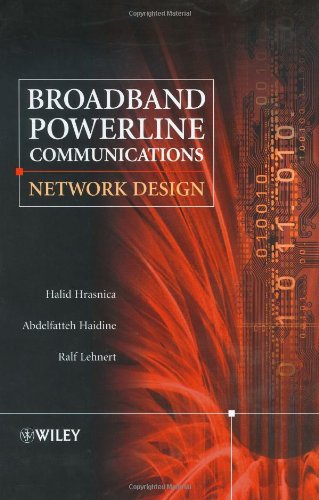
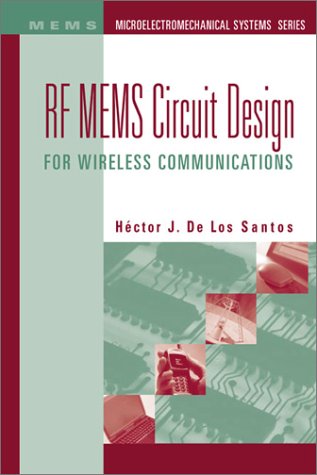

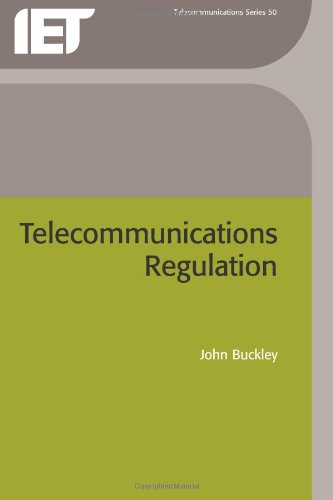
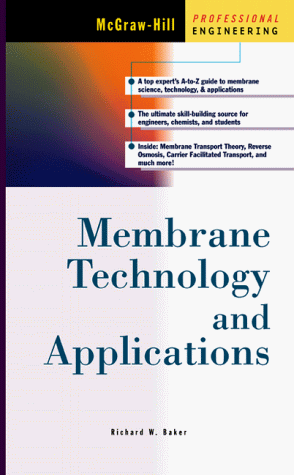
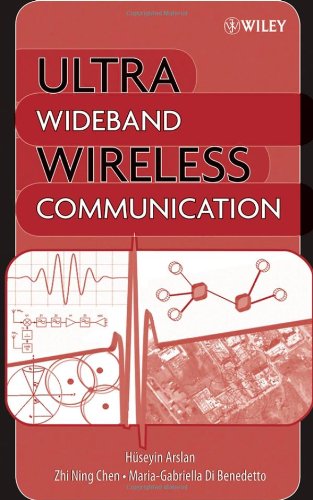
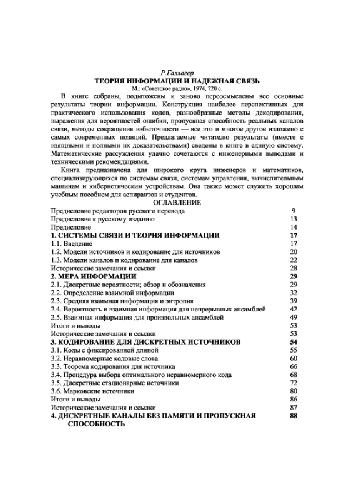
Reviews
There are no reviews yet.